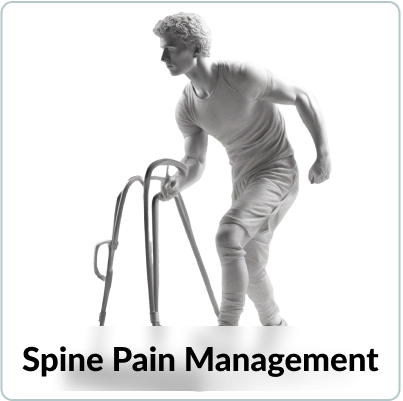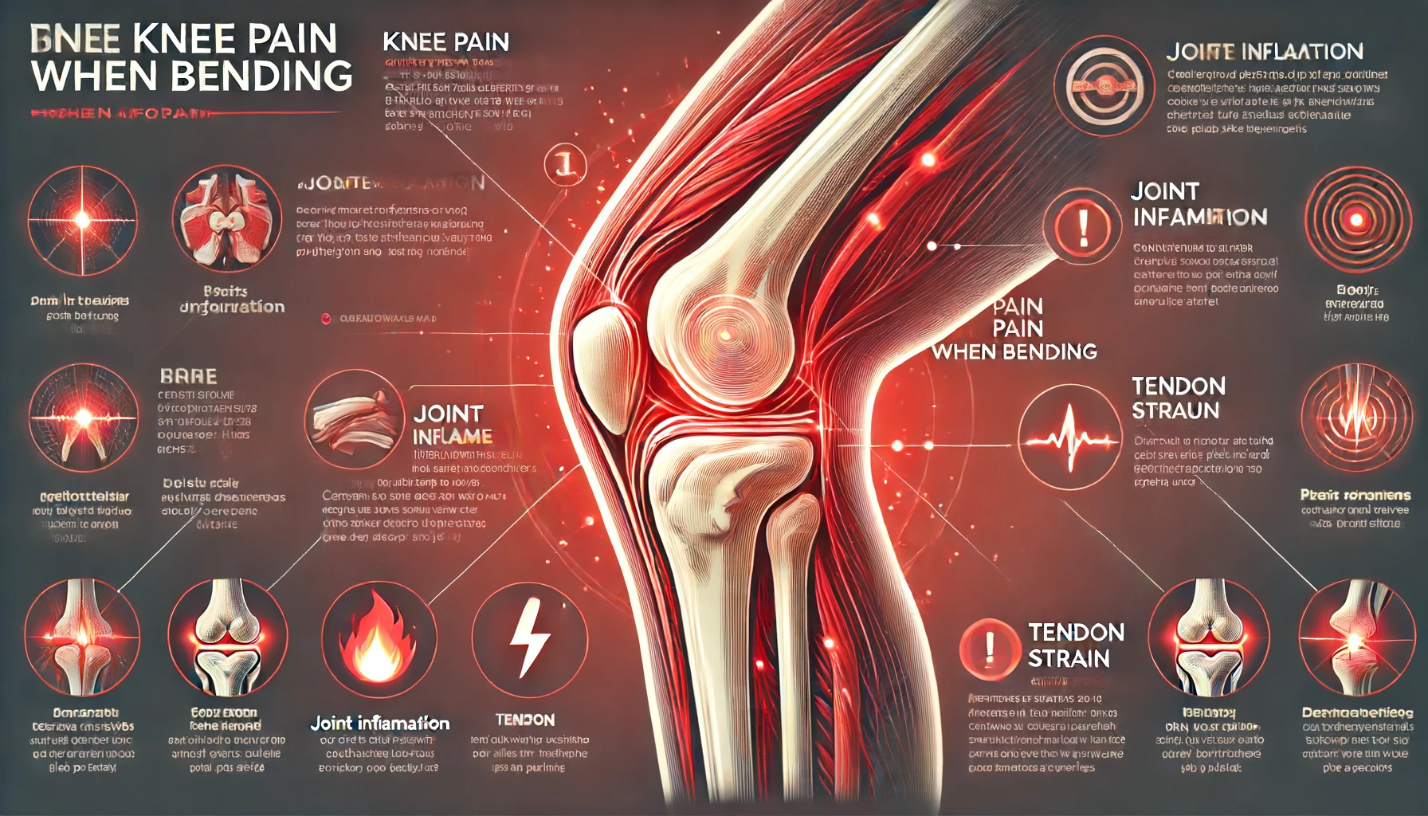Your Hip Joint:
The Foundation of Your Mobility. Preserve It Before It’s Too Late.
Understand the vital role your hip plays and the potential dangers of neglecting its health.
- Hip Osteoarthritis:
Explanation: Osteoarthritis causes the cartilage in the hip joint to wear away, leading to pain and stiffness. Without treatment, it can result in severe disability and chronic pain. - Hip Labral Tears:
Explanation: Tears in the hip labrum can cause pain and instability. Ignoring it can lead to further joint damage and arthritis.

3. Femoroacetabular Impingement (FAI):
Explanation: FAI occurs when there is abnormal contact between the hip bones. If left untreated, it can lead to labral tears and arthritis.
4. Hip Bursitis:
Explanation: Inflammation of the bursa in the hip can cause significant pain. Without treatment, it can result in chronic pain and difficulty with daily activities.
5. Avascular Necrosis (AVN):
Explanation: AVN occurs when blood flow to the hip bone is interrupted, causing bone death. If untreated, it can lead to the collapse of the hip joint and severe arthritis.
Total Hip Replacement:
Total hip replacement surgery is a highly effective procedure that involves replacing a damaged hip joint with an artificial one, significantly relieving pain and restoring function. This surgery is typically recommended for patients suffering from severe arthritis or hip fractures, where other treatments have failed to provide relief. By removing the damaged bone and cartilage and replacing them with prosthetic components, patients can experience a dramatic improvement in mobility and quality of life. Prompt surgery is crucial as it can prevent further joint deterioration and associated complications, ensuring a quicker and more complete recovery. Total hip replacement is considered a safe and reliable option, offering long-term benefits for individuals struggling with debilitating hip pain.


Hip Arthroscopy: Labral Tears and FAI
Hip arthroscopy is a minimally invasive surgical procedure used to diagnose and treat a variety of hip problems, including labral tears and femoroacetabular impingement (FAI). Utilizing a small camera and surgical instruments inserted through tiny incisions, surgeons can accurately identify and repair damage within the hip joint. Early intervention with hip arthroscopy can significantly reduce recovery time and prevent the progression of joint deterioration, leading to better long-term outcomes. This advanced technique not only alleviates pain and restores function but also helps patients return to their daily activities more quickly. As a result, hip arthroscopy has become a preferred choice for addressing hip issues with minimal disruption to the patient’s life.
Hip Resurfacing Surgery: Bone-Preserving Solution
Hip resurfacing is a surgical procedure designed to provide pain relief and improve function while preserving more of the patient’s natural bone compared to traditional hip replacement. This approach involves capping the femoral head with a smooth metal covering and fitting a metal cup into the hip socket. By maintaining more of the original bone structure, hip resurfacing can offer increased stability and a greater range of motion. Timely surgery is crucial to prevent further joint damage, ensuring better long-term outcomes and allowing patients to return to their daily activities with enhanced mobility and reduced pain. Hip resurfacing is especially beneficial for younger, active individuals seeking a durable solution for hip pain.


Core Decompression for Avascular Necrosis:
Early Intervention to Preserve Hip Joint Function
Core decompression is a surgical procedure aimed at alleviating pressure within the hip bone to restore blood flow, thereby preventing bone collapse in cases of Avascular Necrosis (AVN). During the procedure, small holes are drilled into the affected bone area to reduce pressure and create channels for new blood vessels to nourish the bone tissue. This intervention is crucial for halting the progression of AVN and saving the hip joint from further deterioration. Immediate core decompression can significantly improve outcomes, preserve joint function, and prevent the need for more extensive surgeries like total hip replacement.

Hip Osteotomy Surgery:
Realignment Technique to Relieve Pain and Preserve Joint Health
Osteotomy is a surgical procedure designed to realign the hip joint, providing significant pain relief and enhancing joint function. By strategically cutting and repositioning bones, this surgery shifts the weight away from damaged areas of the hip joint, thereby reducing pain and improving movement. Early intervention with osteotomy can be particularly beneficial, as it can prevent the development of arthritis and delay the need for a total hip replacement. This proactive approach helps preserve the natural hip joint, promoting long-term joint health and quality of life.
Rotator Cuff Repair in Dubai:
Regain Shoulder Strength and Live Pain-Free
In the heart of Dubai, many within the 40-60 age range lead vibrant, active lifestyles. Yet, this dynamism comes with its wear and tear, particularly on the shoulders, leading to a common ailment: rotator cuff injuries.
I understand the critical role your shoulders play in daily life, and I’m here to guide you back to your active self with cutting-edge rotator cuff repair.

